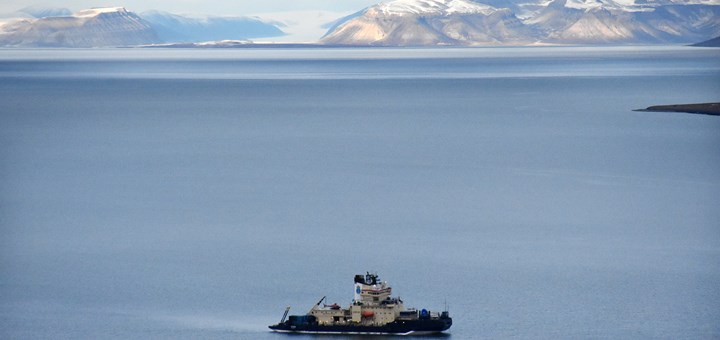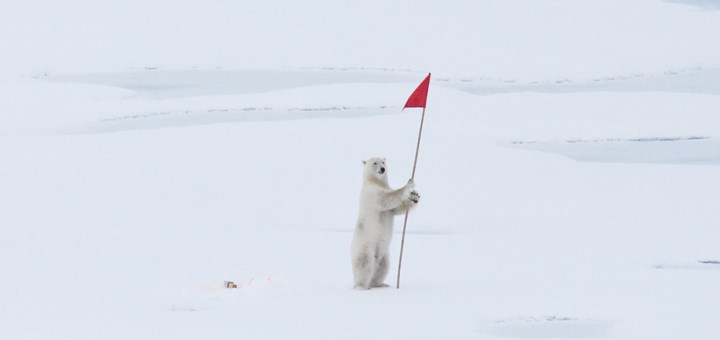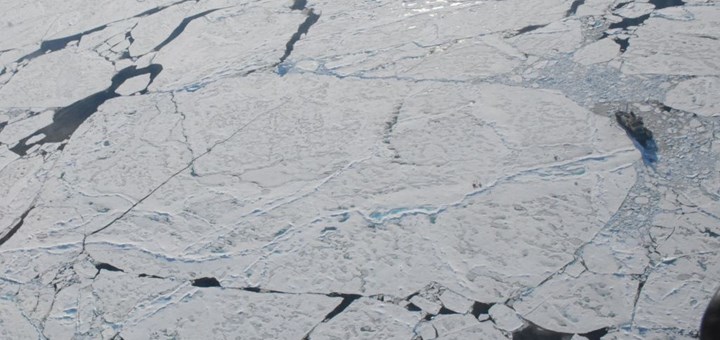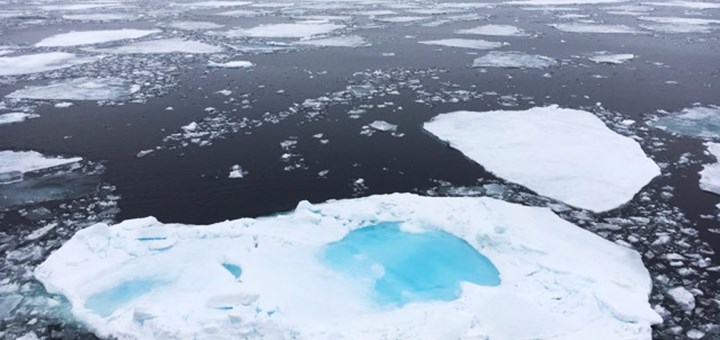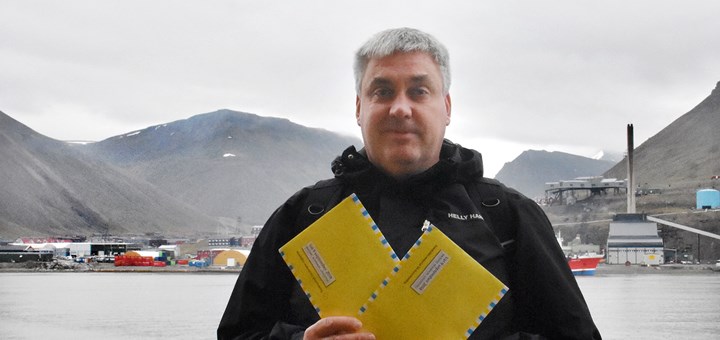Arctic Ocean 2018
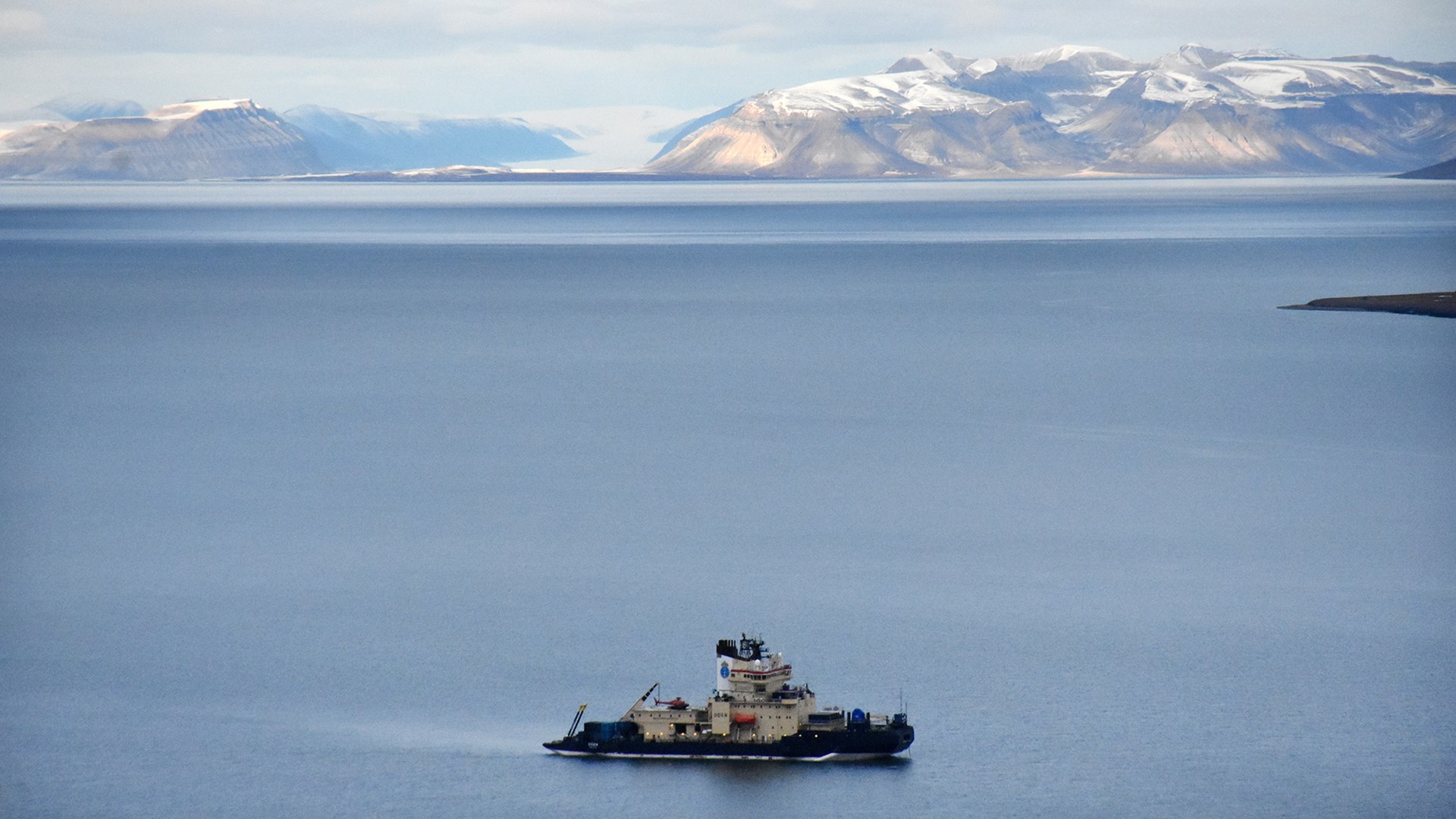 The Icebreaker Oden during Arctic Ocean 2018. Photo: Åsa Lindgren.
The Icebreaker Oden during Arctic Ocean 2018. Photo: Åsa Lindgren.
The expedition Arctic Ocean 2018 was conducted in collaboration with the US National Science Foundation. The main theme for the research on board Oden concerns the microbiological life in the ocean and ice and how it's connected to cloud formation in the Arctic.
For about one month, the icebreaker Oden will be moored at a large ice floe in the Arctic Ocean. Around 40 researchers will work on board to take measurements and collect samples and data from the ocean, the ice, and the air. The samples will help us to better understand the important role of the clouds in the Arctic climate system.
The climate in the Arctic is changing faster than anywhere else on earth. One of the clearest effects of warming is shrinking sea ice, especially in late summer. Today’s weather forecasts and climate models tend not to work well in the Arctic. Many processes that control the climate cannot be described directly in our climate models but must be described indirectly. Methods for this have often been developed from measurements from lower latitudes. Since environmental conditions are different in the polar regions, calculations of the Arctic’s future climate are more uncertain than for other places on earth. A better understanding of how climate change affects the Arctic and the interaction with the global climate system is key to making predictions for the future climate.
From microbiological life to the life cycle of clouds
Clouds play an important role in the Arctic climate because they reflect and transmit radiation from the sun and the earth, which in turn controls how sea ice freezes and melts. How clouds are formed is linked to microbiological life in the ocean and ice. A cloud consists of very small water droplets or crystals, or a mixture of both, that are formed when wind, humidity and temperature are just right. There must also be small particles in the air, aerosols, which act as ”seeds” for cloud droplets.
In each cloud droplet there is a small particle, a condensation core, upon which the droplet forms when water vapour in the air condenses. Depending upon what the condensation core consists of, how it looks, and how many there are, clouds are formed in different ways and have different characteristics and longevity. Over the Arctic ice pack in the summer, it is mainly particles from sea algae, bacteria and viruses that are important for the formation of cloud droplets.
Among other things, researchers want to know more about the extent to which microbiological particles control the life cycle of Arctic clouds and how they in turn impact sea ice.
Quick facts
July 31 to September 25, 2018
Arctic Ocean
The icebreaker Oden
Caroline Leck, Stockholm University and Patricia Matrai, Bigelow Laboratory for Ocean Sciences, USA
Video
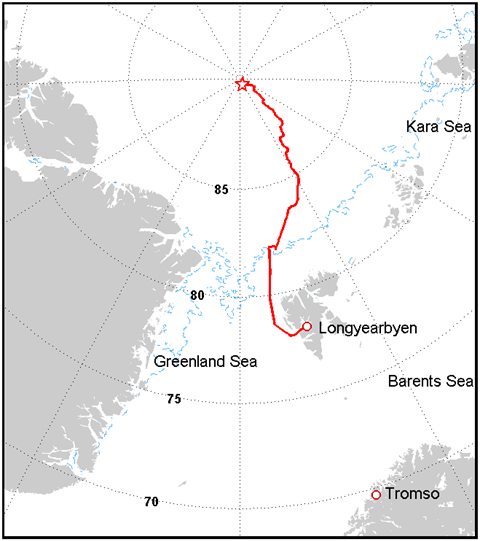
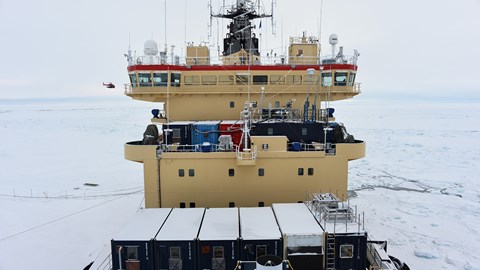
Read the researchers' descriptions of the data collection that was carried out during Arctic Ocean 2018 and why the research in the various projects is important.
Research projects on board Oden
The life cycle of clouds in the High Arctic summer with linkages to the microbiological life in ocean and ice
Principal investigator: Caroline Leck, Stockholm University
Aerosol-cloud interactions in the High Arctic
Paul Zieger, Stockholm University
Quantifying the source of aerosols from open leads in the High Arctic
Principal investigator: Matthew Salter, Stockholm University
Marine aerosols in the Arctic: linking surface water chemistry and biology with primary particle production
Principal investigator: Kerri Pratt, University of Michigan, USA, Patricia Matrai, Bigelow Laboratory for Ocean Sciences, USA, and Amanda Grannas, Villanova University, USA
Identifying the origins of summertime Arctic cloud condensation nuclei using online fine aerosol composition measurements
Principal investigator: Michael Lawler, University of California, USA
Sea ice and ocean physical and biogeochemical properties
Principal investigator: Mario Hoppmann, Alfred Wegener Institute, Helmholtz Centre for Polar and Marine Research, Germany
The impact of seasonal sea ice on the contribution of ozone depleting halogens in the Arctic
Principal investigator: Katarina Abrahamsson, University of Gothenburg
The sources, concentrations and impact of ice-nucleating particles in the High Arctic
Principal investigator: Ben Murray, University of Leeds, United Kingdom
Cloud and boundary layer measurements
Principal investigator: Ian Brooks, University of Leeds, United Kingdom
Arctic Climate Across Scales (ACAS)
Principal investigator: Michael Tjernström, Stockholm University
Microbial oceanography links to new aerosols in the ice-covered regions in the High Arctic
Principal investigator: Giacomo DiTullio, College of Charleston, USA
Sea surface microlayer sampling and the role of transparent exopolymer particles
Principal investigator: Oliver Würl, Carl von Ossietzky University of Oldenburg, Germany
Bubbles near sea ice and their contribution to aerosol production
Principal investigator: Helen Czerski, University College London, United Kingdom
The effect of carbonate chemistry on the sea ice community in the High Arctic
Principal investigator: Elizabeth Shadwick, Virginia Institute of Marine Science, USA
Add-on projects
Additional data will be sampled via instruments on board that do not require dedicated scientific staff onboard:
- Multibeam mapping, Martin Jakobsson, Stockholm University
- Uncovering the largest blind spot on the map of the world’s fish stocks: mesopelagic fish in the Central Arctic Ocean, Pauline Snoeijs Leijonmalm, Stockholm University
- Mercury in Air Sampling and dimethyl mercury in sea water from the North Sea, Sofi Jonsson, Stockholm University
- Trace Gas Biogeochemistry, Patrick Crill, Stockholm University

